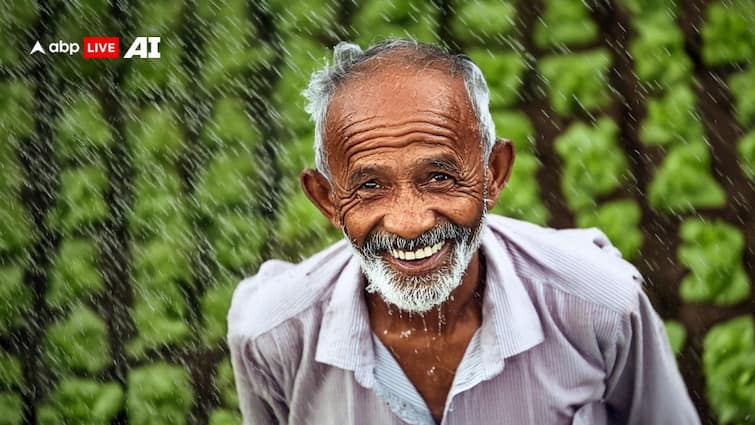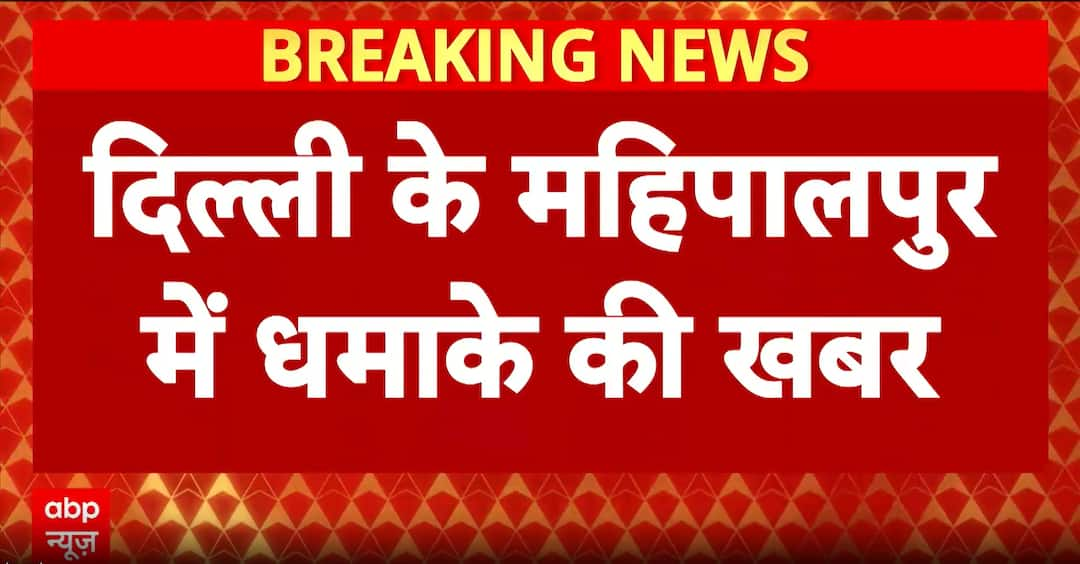Uttar Pradesh has become the testing ground for a new project that uses artificial intelligence (AI) to help small farmers and improve basic services. The project began under a World Bank-Google partnership, making the state the first place in India to run an AI-based governance pilot at this level.
The pilot showed how AI tools can support agriculture, public safety, education, and other government services. The state is also expanding AI use in classrooms, hospitals, and city management to understand how technology can make day-to-day systems work more smoothly.
How CM Yogi’s Vision Shaped The AI Rollout
Under the AI pilot, several departments in Uttar Pradesh tested how digital tools could support regular government work. In cities, Integrated Command and Control Centres (ICCCs) use AI systems for traffic monitoring, emergency alerts, and public safety. These centres helped officials track real-time movement, manage signals, and respond quickly when incidents were reported.
In agriculture, the pilot focused on helping small farmers by analysing farm conditions and giving data-based predictions. The aim was to understand whether such tools could support farmers in making better decisions during the crop season. Feedback from these tests will be used to decide how the system can be scaled or improved.
UP also set up India’s first AI-Augmented Multidisciplinary University in Unnao. The university plans to teach students skills like AI, data science, robotics, and cybersecurity.
This will help authorities study how prepared young people are for technology-led jobs and how such training fits into the wider education system.
How AI Helped In Healthcare, Urban Management & Mahakumbh
AI tools are also being tested in the healthcare sector to study whether computer-based diagnostics and robotic procedures can improve the speed and accuracy of treatment. Hospitals in both urban and rural areas participated in these trials.
During Mahakumbh 2025 in Prayagraj, AI systems were used for crowd control and security. Facial recognition, surveillance cameras, and prediction tools helped track movement and locate missing persons at the Khoya Paya Kendra. Smart lighting and digital coordination were also tested to see if they could handle large-scale event management.
Across all sectors, the tests are helping officials understand how AI can support routine government tasks and what challenges need to be addressed before wider use.



